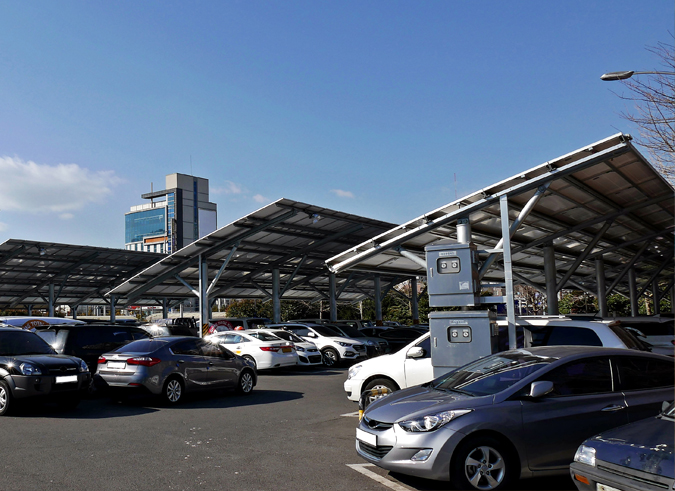One of the hottest trends in renewable energy is building solar arrays over open air parking lots. Transforming open spaces into clean energy sources, offseting electricity bills while providing the amenities of shade, cooler vehicles, and protection from inclement weather to the people who park their cars underneath.










